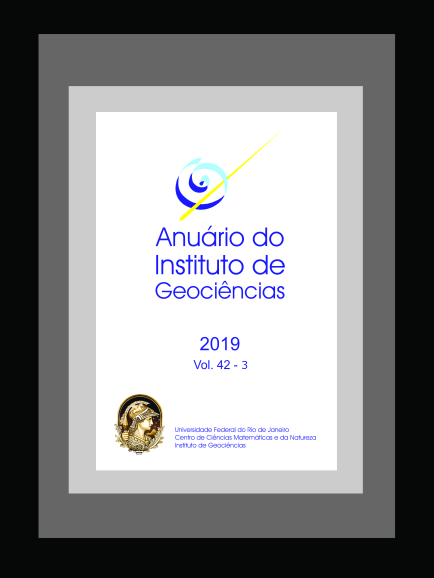Classification of Land Use and Occupancy with Emphasis on Urban Areas
DOI:
https://doi.org/10.11137/2019_3_377_386Palavras-chave:
Classification of land use and occupancy, Validation, Photointerpretation, Urban planningResumo
Urbanization in Brazil occurred in a disorganized way and without observing criteria that could ensure the sustainability of this process, resulting in high population concentrations in large urban centers. In this way, it is recognized the need for an adequate planning that contemplates the economic and social interests and respects the environmental demands. Thus, the present work aims to map the land use and occupancy, with an emphasis in an urban area, having as a case study the municipality of Novo Hamburgo, RS. The methodology is established in two levels of detailing of classes, in which supervised classification and manual vectorization were used, seeking a more accurate specification of the urban areas. Validation was established through two databases: Google Earth and Remotely Piloted Aircraft System (RPAS), using the confusion matrix and the Kappa index. The results show the efficiency of the hybrid method for high-resolution images, besides highlighting the existing anthropogenic differences in urban areas. In relation to the use of different databases for validation, close values are also perceived between the two processes, with a Kappa index of 0.928 for data obtained from Google Earth and 0.943 for the RPAS.Downloads
Publicado
2019-12-21
Edição
Seção
Artigos
Licença
Os artigos publicados nesta revista se encontram sob a llicença Creative Commons — Atribuição 4.0 Internacional — CC BY 4.0, que permite o uso, distribuição e reprodução em qualquer meio, contanto que o trabalho original seja devidamente citado.
















 Exceto onde indicado de outra forma, o conteúdo deste site é licenciado sob uma licença
Exceto onde indicado de outra forma, o conteúdo deste site é licenciado sob uma licença 